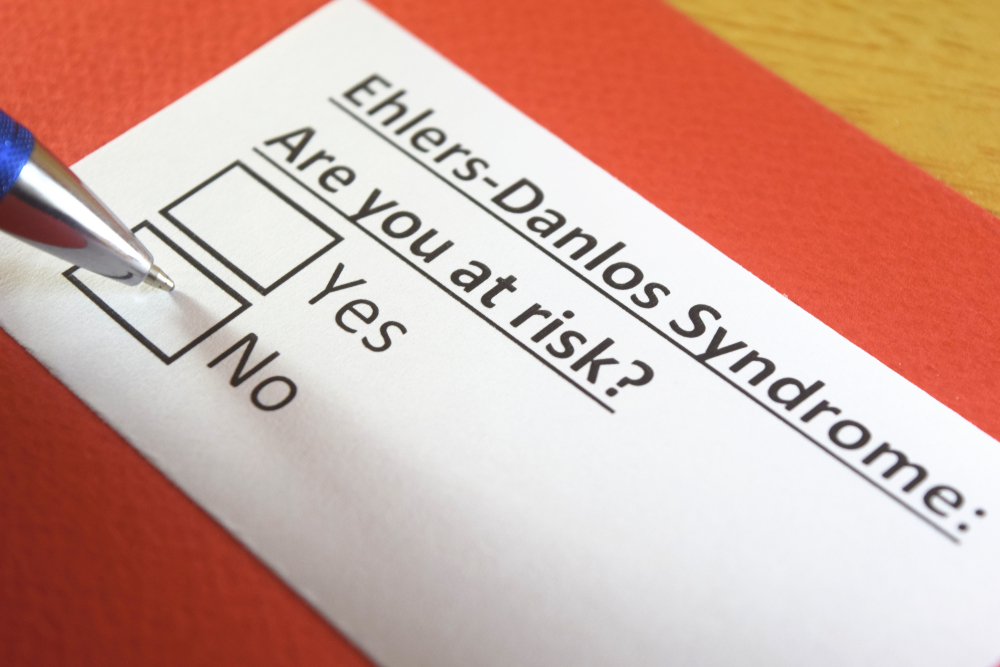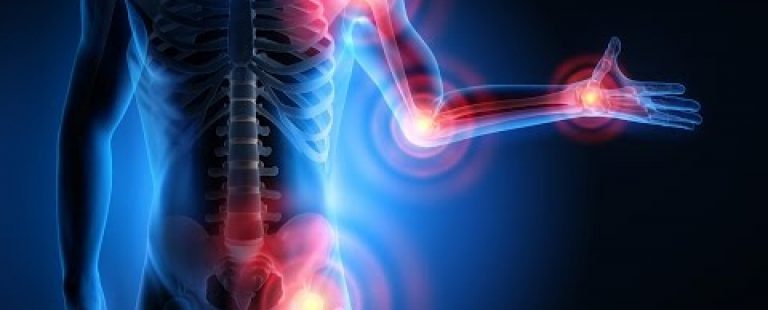Elastopathy is a disorder of joint tissues which causes many problems. People suffering from this condition are prone to joint pain and frequent injuries, dislocations, sprains or fractures.
Elastopathy - diagnosis
The development of elastopathy is mainly due to the genetic defect which causes the cells to build connective tissue contain too little collagen. They are weak and inflexible and therefore more susceptible to injury. An additional problem is the high levels of two enzymes, elastase and protease, which break down some amino acids. those included in the connective tissue.

Elastopathy - types
There are two cases of elastopathy: aggressive and mild. The first one is systemic and may endanger the life of the patient, but fortunately it is rare. An example of aggressive elastopathy is Marfan's syndrome or Ehlers-Danlos syndrome - a particularly unpleasant condition, which involves the spontaneous breaking of the bone. The benign form is known by the name of the syndrome of hip joint hyperplasia and can be said to affect as many as 30% of the population. It is characterized by excessive mobility and swelling of the joints. When analysing cases, it’s noted that the incidence is more likely to occur in children than in adults, in women than in men, in obese but also in lean and frail individuals. Not every case is classified as pathological. We only talk about it when there are many ailments that impair normal functioning.
What are the symptoms of a person with elastopathy?
- discomfort during static positions - Long sitting or standing still, and even doing one constant operation overloads the ligament, causing an unpleasant sensation and faster fatigue. Over time, headaches or limb aches may occur
- evening and night joint pain - most often found in children and often misinterpreted as a period of bone growth
- weakness of muscles, especially postural ones responsible for maintaining proper posture
- resilience to injuries - People with elastopathy are more likely to suffer accidents such as dislocations of the ankles, shoulders, knees and more
- impaired motor coordination, which may also be associated with muscle weakness in the centre
- faster tiredness of sight
- digestive problems, such as constipation
- chronic fatigue and weakness - many symptoms may be similar to the problems of people with thyroid disorders, so it is important to observe and holistic approach to your body. With elastopathy, depression occurs, migraines, dizziness.
There are a lot of symptoms of elastopathy, which unfortunately does not favour fast and correct diagnosis.
Can a person with arthritic joints exercise?
It’s definitely advisable. It’s important, however, that the training is properly selected. Multivariate exercises are recommended, taking into account the natural movements of the body based on bends and stretches. Avoid the circulation, as well as crossing the moving range. It’s also not recommended to work with a heavy load, especially those exercises where the weight is held in your hands, which can significantly strain the wrist joints. Sometimes even body weight can be too heavy, although it is generally referred to people who are severely overweight.
What is the basis of training?
You will get all kinds of rubber, tubing, trx tapes where you still need to maintain body tension and with which to more easily control the range of movement. Equally important is the stabilization of joints and equivalent exercises. You can use a sensory disk, which is the platform on which we perform balance exercises.
Of course, it’s also very important to strengthen our core - every beginner should start with it, regardless of health. Core strength helps better our technique, makes training more secure and helps with spine protection in everyday activities. That does not mean, however, that we have a do crunches. All types of supports, equivalent exercises and isometrics will be useful.
Should people with elastopathy stretch?
Excessive mobility and joint flexibility are sufficient arguments to avoid stretching or limiting stretching. The muscles of the person with this condition should be shortened and strengthened in the first place. There is no need for stretching, especially because the range of movement is not excessively large. Relaxation techniques can be offered, or a massage and swimming pool.
Summary
People with elastopathy do not have an easy life. They are more often exposed to injuries, so rehabilitation and proper hygiene are important. It is important to exercise, strengthen muscles, work on joint and body stabilization. This will make the body stronger, more compact and aware of its capabilities.






